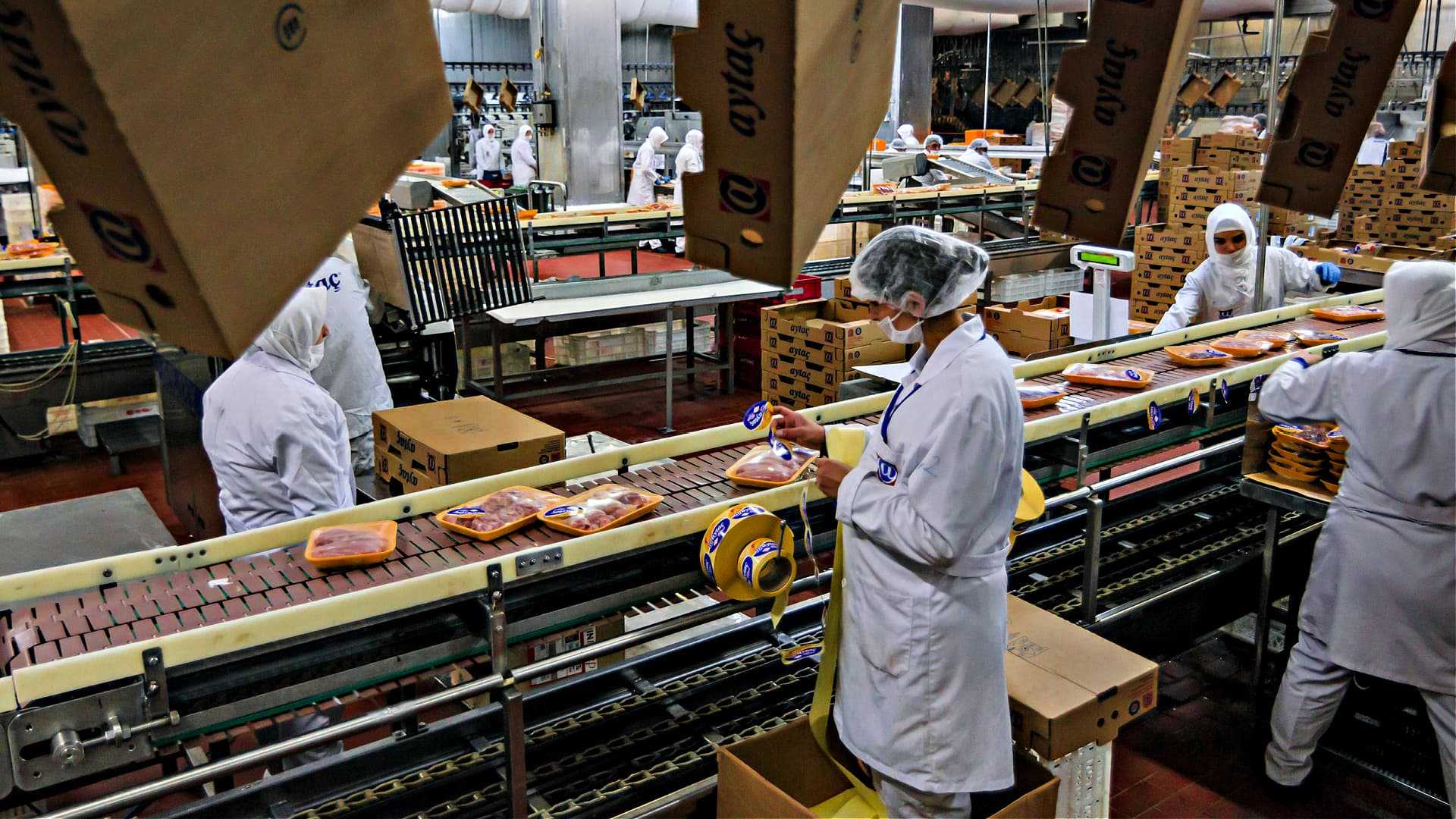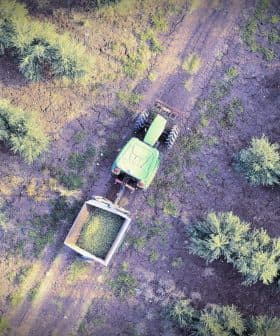Study: 9.7 Billion Tons of Greenhouse Gas Emissions Come from Meat Production Each Year
Researchers at the University of Illinois have developed a tool to analyze greenhouse gas emissions from food production in great detail, finding that animal-based food production is responsible for at least twice the emissions of vegetable production. The study examined farmland dynamics by breaking it down into grid squares, with 57 percent of global food production emissions coming from animal-based food, particularly beef, while 29 percent come from plant-based food production.
Researchers have devised a tool to investigate and measure the origin of greenhouse gas (GHG) emissions with an unprecedented level of detail.
Among the first results, they estimated that animal-based food production brings global GHG emissions, which are at least twice those related to vegetable production for human consumption.
With ongoing demographic and economic growth, we expect global food demand to increase in the future that will expand food sub-sectors, including crop cultivation and livestock production.
The study carried out by a team of scientists at the University of Illinois investigated the dynamics of emissions by breaking down the farmland into tens of thousands of grid squares.
See Also:Most Agricultural Spending Does More Harm Than Good, UN Report ClaimsEach grid has been analyzed for the crops that were in it, what percentage of the area they occupied and what else was present. The researchers added a huge number of variables to the retrieved data, including storage availability, transportation and production volumes, among others.
“The calculations are done in this study using a model-data integration framework that accounts for all GHG emissions from all sources,” Atul K Jain, one of the authors of the report, told Olive Oil Times.
“So, the framework has two components – data and model,” he added. “Several kinds of data sets are used as model input and model calculations are done by a process-based model.”
The data included a wide range of farming practices and agricultural products, with 171 crops and 16 animal products identified. Jain added that environmental factors “such as temperature and precipitation, carbon dioxide atmospheric concentrations, management factors, irrigation and fertilizers” were used as well.
As a whole, scientists worked with data from 200 countries in the period 2007 to 2013. They were then able to determine that GHG emissions due to global food production exceeded 17 billion tons per year. According to United States Environmental Protection Agency data, the world produced just under 50 billion tons in 2015.
Of those 17 billion, 57 percent comes from the production of animal-based food, including livestock feed. Meanwhile, 29 percent come from plant-based food and 14 percent are associated with other land uses.

“Farmland management and land-use change represented major shares of total emissions (38 percent and 29 percent, respectively), whereas rice and beef were the largest contributing plant- and animal-based commodities (12 percent and 25 percent, respectively),” the researchers wrote.
Given the popularity of beef consumption in South America and rice consumption in Southeast Asia, those two areas were identified by the researchers as the largest emitters of production-based GHGs.
“Rice’s relatively high ranking comes from the methane-producing bacteria that thrive in the anaerobic conditions of flooded paddies. After rice, the highest emissions associated with plant production came from wheat, sugarcane and maize,” noted a Scientific American article on the subject.
More specifically, said Jain, “animal-based emissions mainly come from producing crops for animal feed and from producing and maintaining grazing pastures. So, feed demand for some animals is more than others.”
“At the same time, the average conversion efficiency from feed to livestock products is very low. On average, it is 5.17 percent,” Jain added. “Therefore, animal-based GHG emissions are, in general, higher than plant-based food. For example, GHG emissions for chicken are much less than beef because feed demand for chicken is much less than for beef.”
See Also:Editors from 200 Health Journals Warn Climate Change Is Creating Global Health CrisesFurthermore, beef production accounted for 25 percent of the total animal-based production GHG, followed by cow milk, pork and chicken meat.
The 29 percent attributed to plant-based food production includes emissions coming from farming activities, such as plowing soil, planting and fertilizing crops, harvesting crop grains and recovering crop residues for livestock feed. Emissions from fuel and energy used for farm machinery were also included in the farmland emissions projections.
Jain also emphasized how researchers expect further expansion of global greenhouse gas emissions from food production.
“With ongoing demographic and economic growth, we expect global food demand to increase in the future that will expand food sub-sectors, including crop cultivation and livestock production, land uses changes for agricultural land, as well as transportation and processing of goods, more fertilizer and pesticide use and irrigation,” he added.
Along with increasing GHG emissions, Jain also believes that this is only part of the problem. He said further GHG emissions would also lead to lower rates of carbon dioxide sequestration by plants and soil.
“All these factors will result in increased GHG emissions,” he said. “At the same time, we expect the absorption of carbon dioxide from the atmosphere by soil and plants will reduce. All these factors will be helping to accelerate climate change.”
Jain added that the new tool will allow researchers to keep track of the changing situation.
“Based on the data provided in the paper, we will be able to model the effect of human food production at any time,” he said.
The next step for the research team is to break down data within new models and try to understand what changes could be introduced in food production to curtail GHG emissions.
Then, new models to let world citizens grasp how each human contributes to global emissions will allow the user to calculate her or his own carbon footprint by factorizing individual food habits, national characteristics and location-generated variables.









